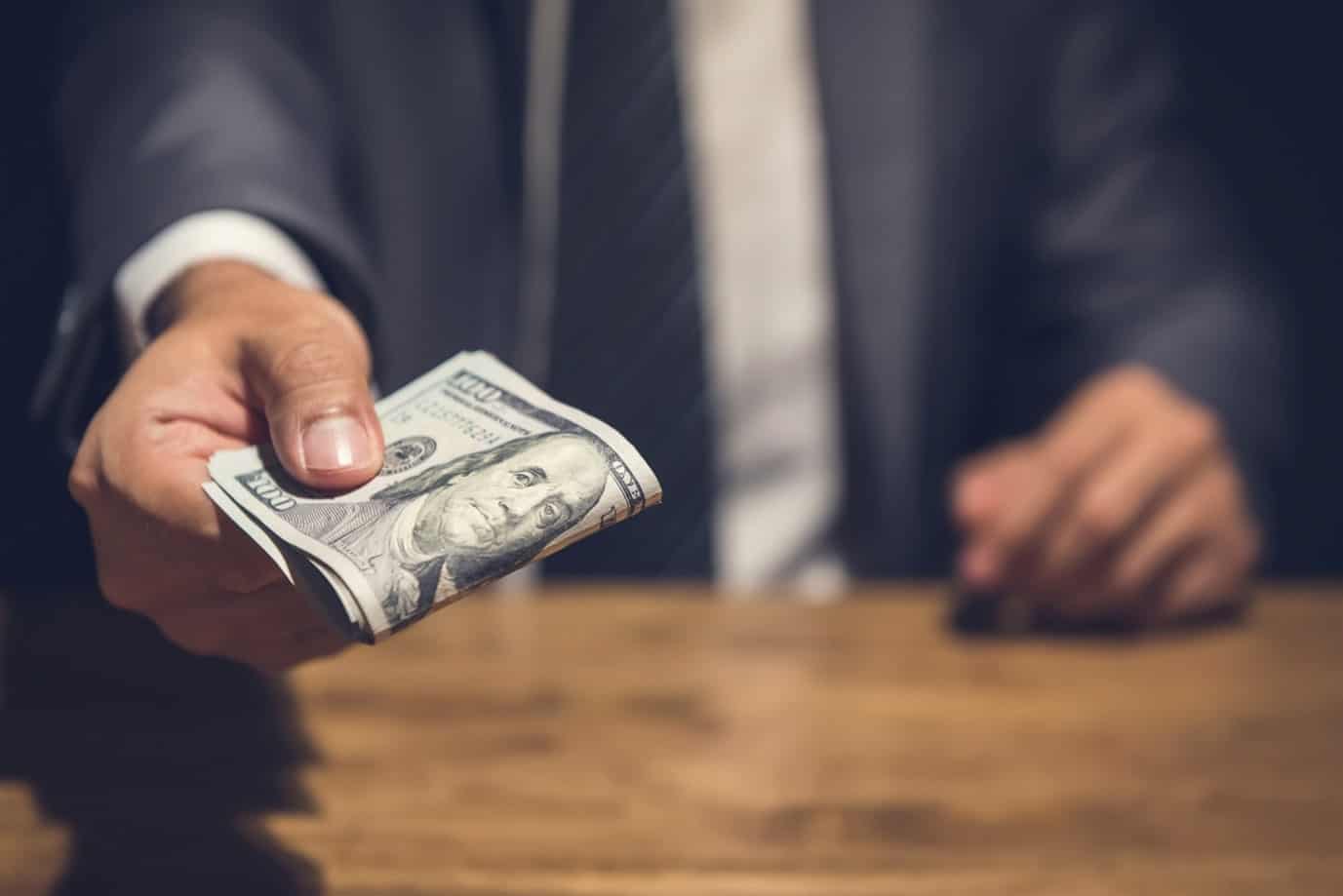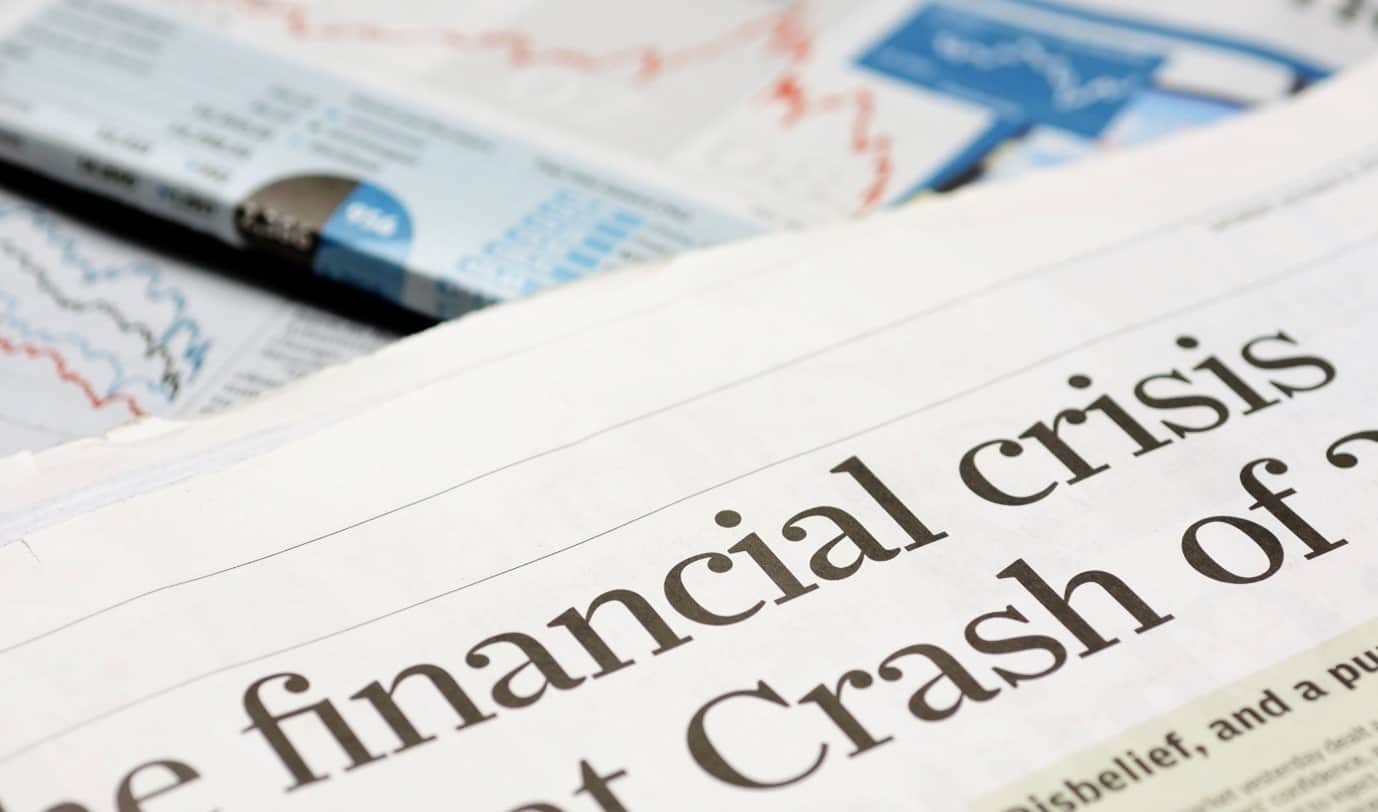Introduction
We all like to think that we would never fall for a scam. Yet some very smart people have been scammed over the years by savvy, well-connected con artists and even seemingly reputable companies. Some of the biggest scams in history may seem obvious in hindsight, but at the time there was little reason for investors to be suspicious. So, what can we learn from history? How can we avoid something similar? We take a look at some of the biggest scams ever, in the hope that we can help you keep yourself, and your money, safe from future investment scams.

Bernie Madoff
These days, the name Bernie Madoff is associated with one of the biggest scams in the world, so it’s easy to forget that before the scandal surrounding him broke, Madoff was a former chair of the NASDAQ and a respected member of the international financial community. In 2008, Madoff was exposed for running what was essentially one of the biggest Ponzi schemes ever, through his company Bernard L. Madoff Investment Securities LLC.
Having taken client funds reportedly to invest in a specific strategy called split-strike conversion, Madoff deposited the money into his own bank account. He used these funds to pay off investors who wanted to cash out and reported an annual gain of around 11% every year for 15 years, duping investors out of a total of over $60bn. After he was exposed by his own sons, 71-year-old Madoff was sentenced to 150 years in prison and died in 2021 at the age of 82.
There is no doubt that many were taken in by Madoff due to his background in the industry, his believability, and the fact that the strategy he used was a genuine one that was generally acknowledged to be a good way of minimising risk. However, it is also likely that many failed to dig deeper into the details of the fund, simply because the reported high returns lulled them into a false sense of security. When people see their investments going up, even just on paper, they are perhaps less likely to examine them.
Enron
Enron is another name that is now associated with a major fraud case. However, before that, it was ranked as the seventh-largest company in the US, and there was little reason for any of the firm’s investors to think that they might be susceptible to a scam. The firm was an energy company that traded in derivatives markets, and it fooled both investors and analysts into thinking that it was making huge profits.
In 2001, however, it emerged that the revenues that made the firm one of the top companies worldwide were based on a scam. Enron executives used complicated fraudulent accounting practices, involving the use of shell companies, to keep hundreds of millions of dollars of debt hidden while recording revenues multiple times to make it look like the company was making a lot more money than it was.
When the fraud was uncovered, it resulted in one of the biggest bankruptcies ever recorded, with Enron owing $63.4bn. As well as the Enron executives involved, it was ruled that governing bodies, including the US Securities and Exchange Commission (SEC), investment banks and credit agencies, had contributed to the fraudulent activities, either through negligence or deliberate deception. Enron shareholders lost a total of $74bn in the four years leading up to the company’s bankruptcy, and the firm’s employees lost billions in pension benefits. The collapse of Enron led to new measures being put in place, including the Sarbanes-Oxley Act, which holds executives more accountable than previously.
WorldCom
Telecommunications company WorldCom went bankrupt not long after the collapse of Enron, in a similar scandal that involved illegal accounting practices, albeit of a different kind. WorldCom executives were recording operating expenses as investments, which meant that the firm was able to record, on paper, profits of over $1.3bn in 2001, when in reality the company was failing to make a profit at all.
WorldCom finally went into bankruptcy in 2002, after it was revealed that its fraudulent practices amounted to an $11bn accounting fraud. The CEO, Bernard Ebbers, was convicted of securities fraud and related charges, receiving a 25-year sentence. Once again, it was shareholders, along with employees, who were the real victims of the scam. The firm’s stock price, which had been artificially inflated to over $60, fell sharply to less than $1, while thousands of workers lost their jobs.
Tyco International

Up until 2002, Tyco International was a top-ranked manufacturing firm and was generally considered a very safe bet for stock market investors. The firm produced safety equipment, healthcare products and electronic components. In 2002, it emerged that CEO Dennis Kozlowski, CFO Mark Swartz and CLO Mark Belnick had received millions of dollars worth of unauthorised loans that shareholders were unaware of, and that Swartz and Belnick had also made unauthorised sales of the firm’s stock, smuggling funds out by pretending they were executive bonuses or benefits.
The Tyco executives were convicted when it emerged that Kolowski and Swartz had defrauded the firm of around $600m through a combination of stock fraud, unauthorised bonuses and falsely claimed expenses. The two men were sentenced to 25 years in prison. Belnick also faced charges of falsifying company records to conceal unauthorised loans of $14m but was released on an unsecured personal recognizance bond of $1m. Once again, it was stockholders who suffered, as Tyco’s share price dropped a total of almost 80% over a six-week period.
Walter Forbes
In 1998, Walter Forbes was at the centre of what was, at the time, one of the greatest accounting scams in history, which resulted in $14bn of his company’s market value being wiped out in one day. Forbes was the CEO of a travel and real estate company, originally called Cendant, that later evolved into Avis Budget Group. He was found guilty of conspiracy and of two counts of submitting false reports to the SEC.
Forbes was eventually convicted in 2006 and sentenced to 12 years in prison when it was proved that he had effectively created a web of corporate lies to deceive investors. It was discovered that more than $640m of the profits reported over a three-year period simply didn’t exist. He was also ordered to pay $3.275bn in compensation.
ZZZZ Best
ZZZZ Best was a carpet cleaning company founded by teenager Barry Minkow, working out of his parent’s garage. When the firm went public in 1986, it was quickly valued at more than $300m.
Just months later, however, it was revealed that the company was actually a front for a Ponzi scheme and that it had been built on forgery and theft. Somehow, Minkow managed to create more than 20,000 fake documents and sales receipts without raising any suspicion. When the firm went bankrupt, its assets were liquidated for just $64,000, and Minkow was sentenced to 25 years in prison.
HealthSouth
HealthSouth was once one of the largest healthcare companies in the US, but starting in the late 1990s, the firm’s CEO Richard Scrushy began instructing employees to falsely inflate revenues to make the company’s net income appear significantly greater than it was.
Eventually, a $2.7bn fraud was uncovered, with Scrushy at the centre of it. The CEO and his associates were accused of concealing debt, inflating profits and filing false reports, and were consequently sentenced to prison. In spite of the fact that the scandal broke when Scrushy was caught on tape discussing the fraud, he was actually acquitted on multiple fraud charges, before eventually being convicted of bribery.
HealthSouth agreed to pay at least $445m to settle class-action lawsuits in 2006. It was also agreed that HealthSouth investors would be entitled to 25% of monies recovered from judgments against the company’s former lead investment bank UBS, Scrushy, and the firm’s auditor Ernst & Young.

Fannie Mae and Freddie Mac
Fannie Mae and Freddie Mac were two federally backed mortgage companies that virtually monopolised the secondary mortgage market at one point and played a key role in the 2008 recession and the mortgage lending and investing practices that caused it, in the years running up to the final housing crash.
As early as 2006, Fannie Mae was ordered to pay $400m in compensation following the fraudulent actions of its top executives, which included manipulating the company’s accounting, paying unearned bonuses to themselves, and conspiracy to conceal their actions.
In 2011, the SEC charged both Fannie Mae and Freddie Mac executives with securities fraud, alleging that top staff members at both companies had been involved in approving misleading statements that claimed that the companies had minimal holdings of high-risk mortgage loans, including subprime loans.
Centennial Technologies
According to the SEC, between April 1994 and December 1996, Centennial Technologies overstated its earnings by about $40m, reporting profits of $12m when it had actually made a loss of around $28m. Investors were unaware of the fraud, of course, and Centennial’s stock rose by 451% to a high of $55.50 per share.
It was later discovered that, under instruction from the CEO, Emanuel Pinez, the company was being widely misrepresented, and employees were creating fake documents to show that they were recording sales that were not actually being made.
When the false accounting was discovered, the stock dropped to less than $3, with more than 20,000 stockholders losing a total of around $150m. Pinez was found guilty of five counts of securities fraud, including insider trading and falsifying sales records, and was sentenced to five years in prison.
Bre-X Minerals
Bre-X Minerals was a Canadian company that supposedly held a gold mine in Indonesia that was reported to contain more than 200 million ounces of gold, making it the richest mine ever discovered. Based on this reporting, the firm’s stock price hit a high of $280, making many of its investors overnight millionaires, on paper at least. At one point, the firm reached a recorded market capitalisation of $4.4bn.
In 1997, however, it was proved that the gold mine was a hoax and that there was no actual gold, which unsurprisingly caused the stock to become worthless as quickly as it had soared. 40,000 investors lost out, including major Canadian pension funds. The Quebec public sector pension fund lost $70m, the Ontario Teachers’ Pension Plan Board lost $100m, and the Ontario Municipal Employees’ Retirement Board lost $45m. A major movie based loosely on the scandal, called Gold, was produced in 2016, though this was of little consolation to the investors and pension holders affected.

Conclusion
A worrying aspect of these scams is that in almost every case, there was no real way for investors to know that they were about to be swindled out of a lot of money. Those convicted of fraud are generally dealt with, convicted and often spend years in prison, but investors do not always get their money back. The executives committing these kinds of fraudulent activities are very savvy and often get away with it for years, hiding their actions from not only investors but also auditors and authorities such as the SEC.
With each new scam, something new is learned by the governing bodies, and regulations are often tightened up. However, it is impossible to guarantee that such things will never happen again. So, what can investors do to protect themselves from scams? The most important step is probably just to diversify your portfolio as much as possible. If one company goes under, either because of a scam or simply because it becomes unprofitable, you will want to have your investments spread across many others. A well-diversified portfolio can mean that even if a firm you invest in turns out to be the centre of the next major stock market scandal, only a fraction of your investments will be lost.